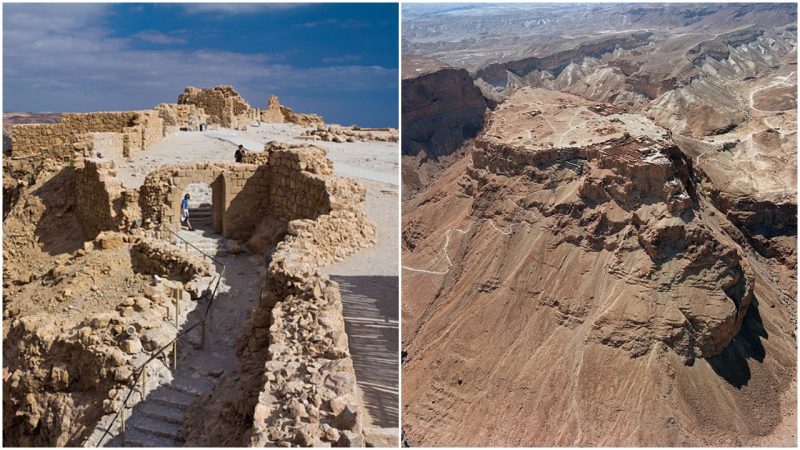The fortress of Masada is one of Israel’s biggest tourist attractions and one of the most majestic ancient ruins. It was built by Herod the Great, the Roman client king of Judea, in the 1st century BC. A harsh rocky terrain surrounds the structure, situated on top of a 400-meter high rock plateau,
Natural rocks surrounding the plateau are sharp and virtually impossible to climb, and there are only two paths through the rock formations which lead to the entrance of the fortress. Throughout history, Masada proved to be an easily defended fortress with many strategical advantages.
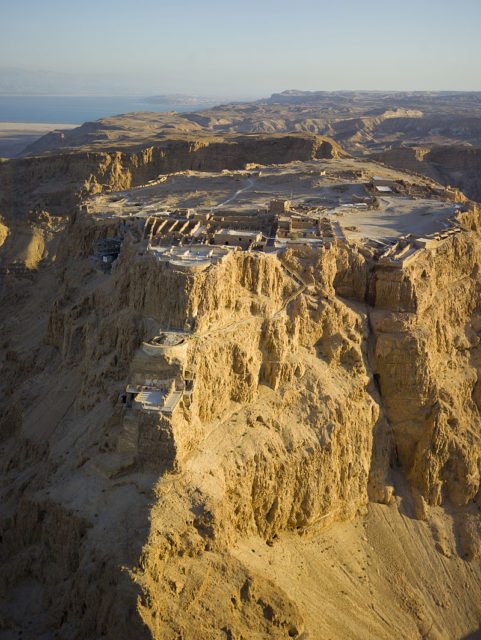
The most significant historical accounts on the history of Masada were found among the writings of Josephus, a prominent Jewish-Roman historian from the 1st century. Josephus wrote that Herod the Great had built the fortress to use it as a fortified retreat in case of rebellion, and one such rebellion is central to the history of Masada.
In the second half of the first century, some hundred years after Masada was built, a Jewish extremist group, known as the Sicarii, managed to enter the fortress and slaughter the entire Roman garrison. They rebelled against the Roman rule and pillaged Jewish villages which supported the Roman Empire.
After conquering Masada, the Sicarii chose it as their headquarters. They managed to resist Roman attempts at overtaking the fortress for almost eight years, and their defenses finally collapsed after the 3-months long Roman siege which involved 15, 000 soldiers and a colossal siege tower equipped with a battering ram.
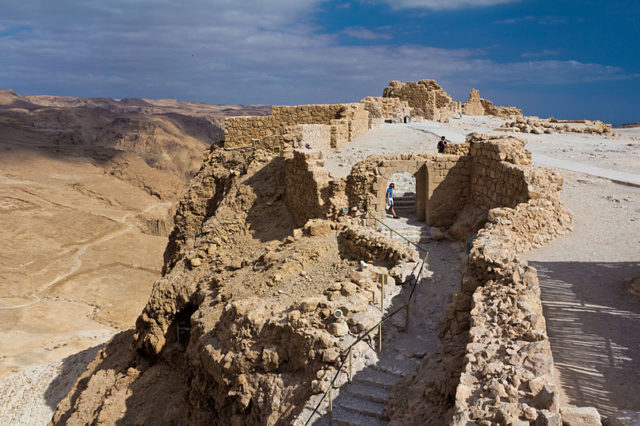
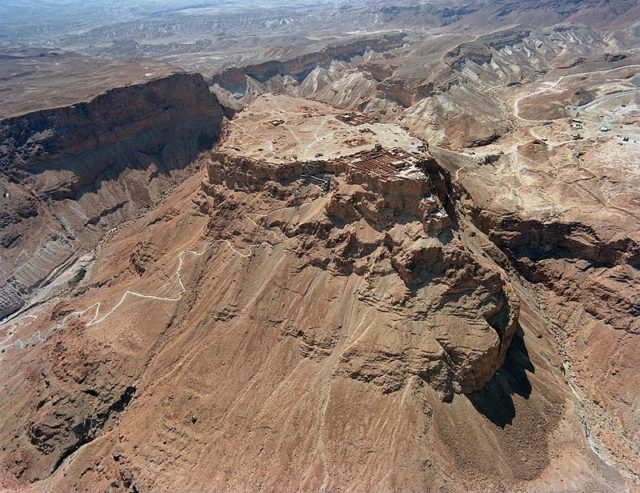
When the Roman soldiers entered the fortress, they discovered a scene of unimaginable horror. All stables, storages, armories and living quarters were set on fire by the Sicarii, and the only people alive inside the whole Masada were only two women and five children.
Namely, while the Romans were preparing their siege tower, the Sicarii scouts noticed that their army consisted of both Roman soldiers and Jewish prisoners forced to fight their kin. The leader of the Sicarii decided not to engage in a battle against Jews, and he ordered the Sicarii to commit suicide to avoid fighting their fellow Jews. The Sicarii people were so loyal to their leader that 960 of them either committed suicide or killed those who chose to disobey the order.
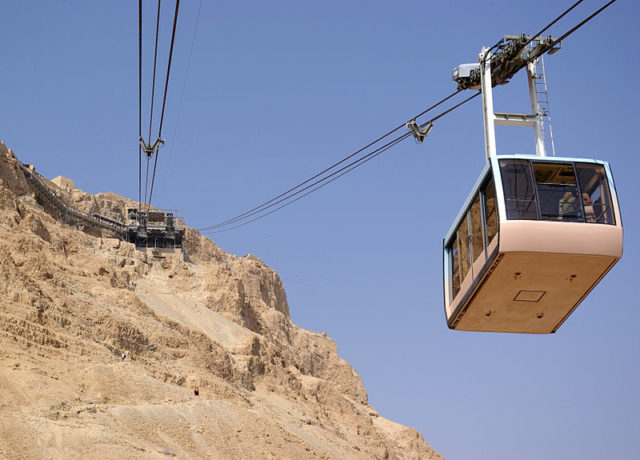
Only seven people chose to hide and wait to be captured by the Romans.
Today, mass suicide at Masada is considered as one of the largest and most grim mass suicides in recorded history.
